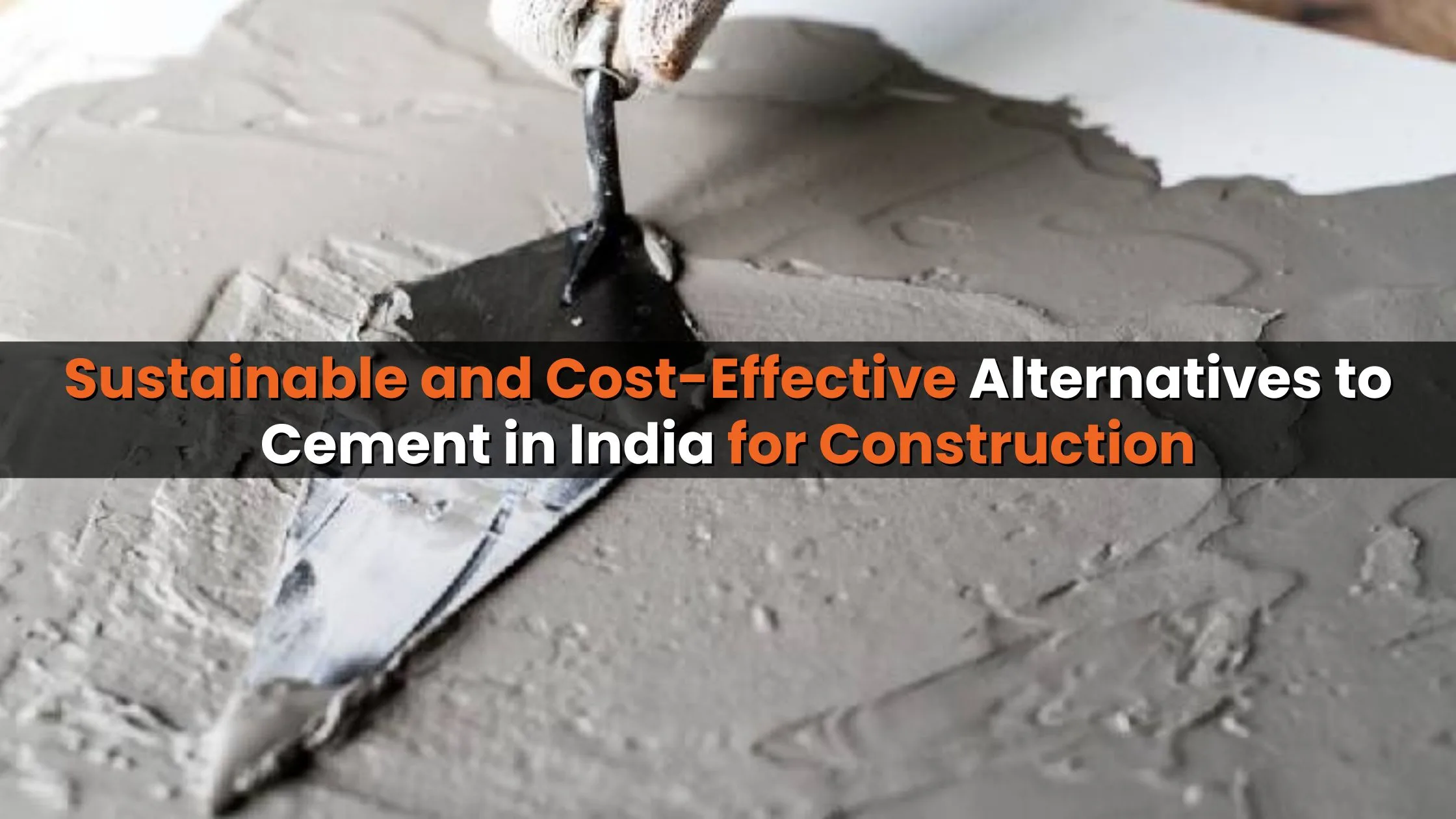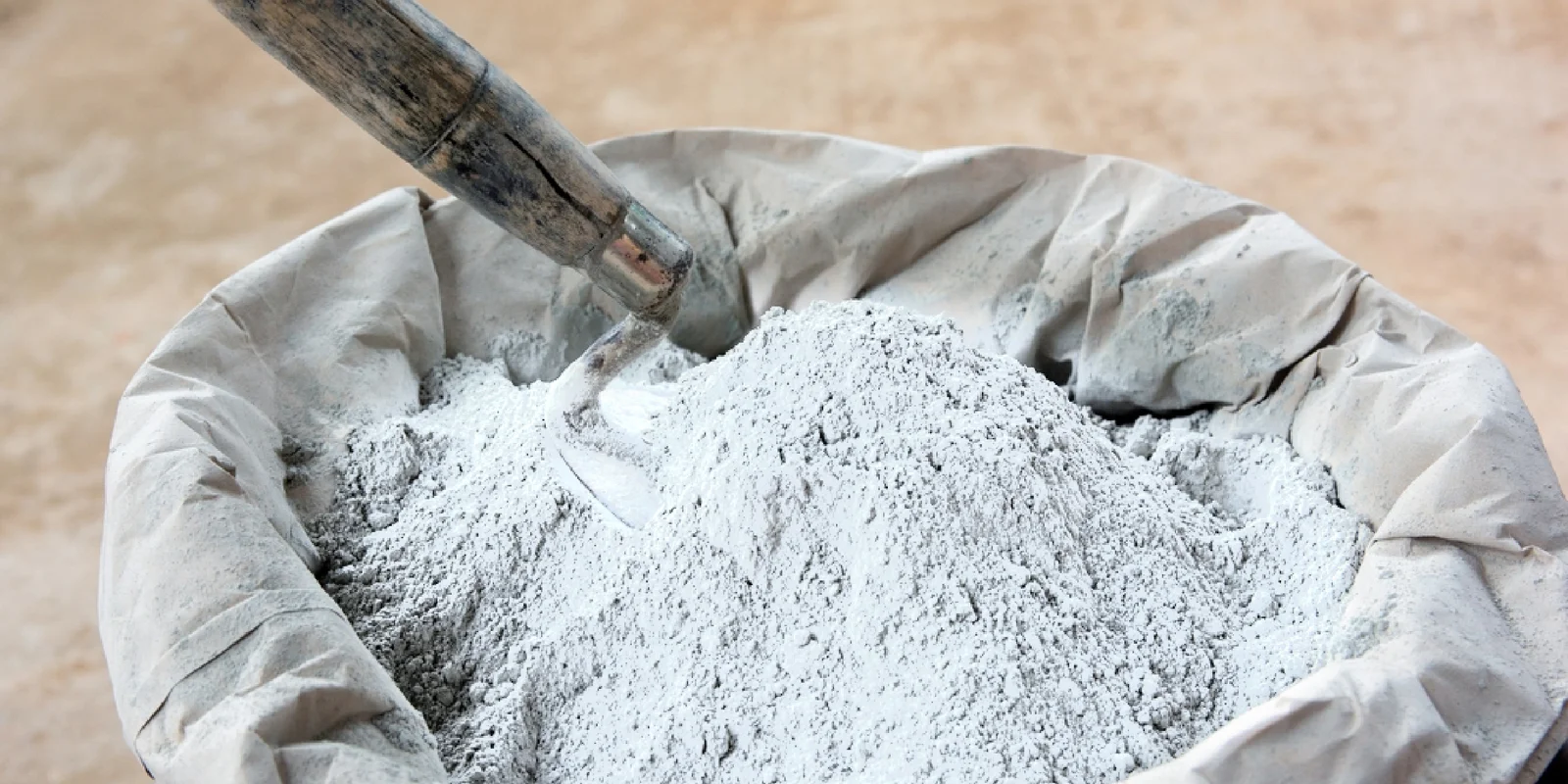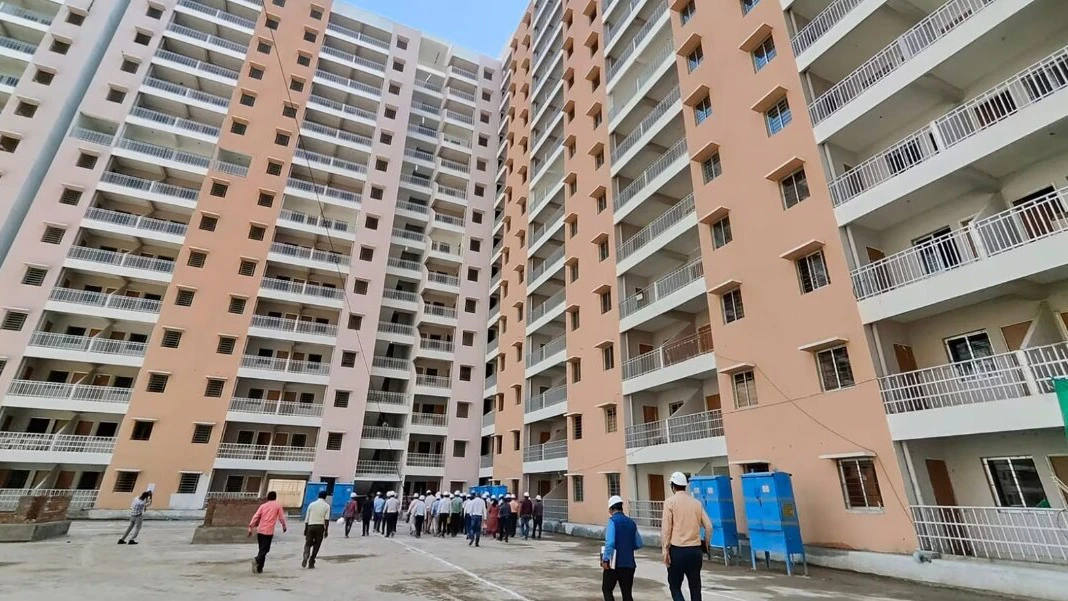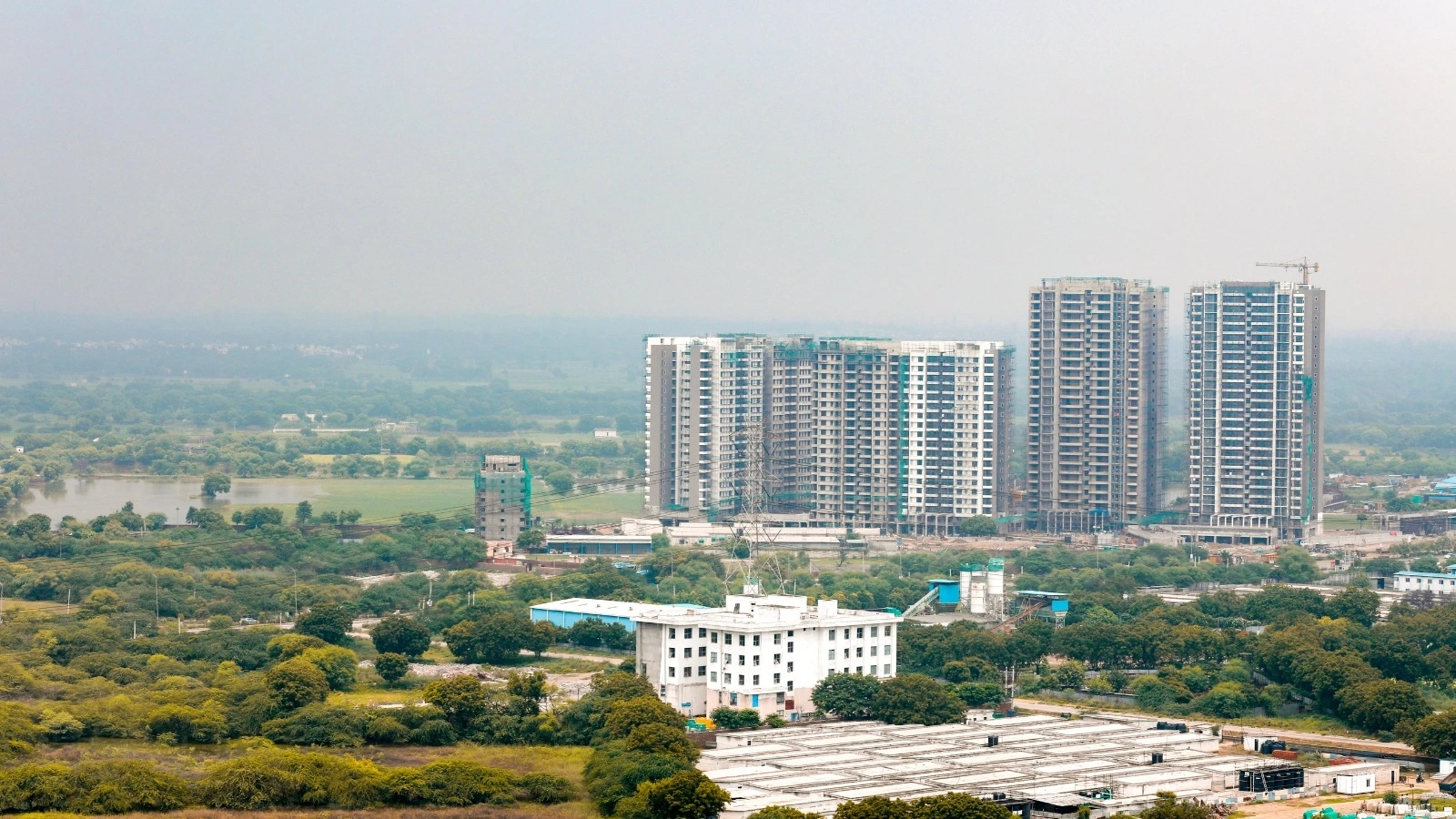Table of Content
India’s construction sector has witnessed unprecedented growth in the past decade. From urban housing projects to large-scale infrastructure developments, the demand for building materials has skyrocketed. Traditional Portland cement, while reliable, comes with a significant carbon footprint and rising costs. Environmental concerns, government regulations, and increasing awareness among builders and homeowners have fueled interest in alternatives to cement in India materials that are eco-friendly, locally available, and, in many cases, more economical.
In this comprehensive guide, we explore the most practical alternatives, their benefits, limitations, real-world applications, and emerging options for sustainable construction.
Why Consider Alternatives to Cement in India?
Environmental Concerns
Cement production is energy-intensive and responsible for nearly 8% of global CO₂ emissions. In India, the cement industry contributes significantly to greenhouse gases due to the reliance on coal-fired kilns and extensive raw material use. The environmental impact includes:
- High energy consumption (4–5 GJ per ton of cement)
- Resource depletion (limestone, clay, and gypsum)
- Air pollution (dust, NOx, SOx emissions)
- Significant water usage during production and curing
Adopting alternatives to cement in India can drastically reduce emissions, conserve resources, and support green building certifications such as IGBC, GRIHA, and LEED.
Cost Factors
Cement prices in urban India have steadily increased, often accounting for 15–20% of total construction costs. Alternatives like fly ash, GGBS, and lime can reduce material costs, lower energy consumption during construction, and improve long-term durability.
Government Policies and Incentives
Several initiatives encourage eco-friendly construction:
- Fly Ash Notification 1999: Mandates use of fly ash in brick and concrete production near thermal power plants.
- Green Building Incentives: Subsidies, tax benefits, and recognition for projects using sustainable materials.
- R&D Support: Government-funded research on low-carbon binders and bio-based concretes.
Top Alternatives to Cement in India
1. Fly Ash
Source: By-product of thermal power plants.
Uses: Fly ash bricks, pavements, concrete, and masonry blocks.
Advantages:
- Reduces cement consumption and construction costs.
- Enhances workability and long-term strength.
- Eco-friendly by recycling industrial waste.
Limitations:
- Requires precise mix design.
- Availability depends on proximity to power plants.
State-wise Feasibility: Northern and Eastern India (Haryana, Punjab, Bihar, West Bengal) have abundant fly ash from NTPC plants.
Use Cases:
- NCR housing societies using fly ash bricks for durable, sustainable homes.
- Fly ash-based pavements in Delhi and Uttar Pradesh.
2. GGBS (Ground Granulated Blast Furnace Slag)
Source: By-product of steel manufacturing.
Uses: Can replace 50–70% of cement in concrete, mass concreting, structural elements.
Advantages:
- Improves durability and resistance to chemical attack.
- Reduces heat of hydration ideal for large-scale concrete pours.
Limitations:
- Slower early strength gain.
- Mostly available near steel plants (Jamshedpur, Bhilai, Rourkela).
Use Cases:
- Flyovers and bridges in Maharashtra.
- Coastal infrastructure projects where durability and corrosion resistance are critical.
3. Rice Husk Ash (RHA)
Source: Burnt rice husk, particularly abundant in Punjab, Haryana, West Bengal, and Tamil Nadu.
Uses: Partial replacement in cement, concrete, and mortar.
Advantages:
- Improves compressive strength and impermeability.
- Locally available and sustainable.
Limitations:
- Requires controlled burning for high silica content.
Use Cases:
- Low-cost housing in rice-growing states.
- Rural construction projects seeking thermal insulation and durability.
4. Lime (Hydrated or Quick Lime)
Source: Processed limestone.
Uses: Plastering, masonry, traditional and heritage constructions.
Advantages:
- Low carbon footprint.
- Breathable walls reduce dampness and improve indoor air quality.
- Can be combined with pozzolanic materials for enhanced performance.
Limitations:
- Slower setting time.
- Lower early strength; requires skilled application.
Use Cases:
- Heritage restoration projects.
- Eco-friendly rural houses.
5. Geopolymer Cement
Source: Fly ash, GGBS, or metakaolin activated with alkali solutions.
Uses: Structural and non-structural concrete, precast elements.
Advantages:
- Up to 80% lower CO₂ emissions than Portland cement.
- Excellent durability and chemical resistance.
- Can reduce reliance on limestone mining.
Limitations:
- Higher initial cost.
- Limited adoption in India; requires precise mix design.
Use Cases:
- Indian Railways’ precast geopolymer concrete structures.
- Pilot housing projects in Bengaluru and Pune.
6. Mud & Stabilized Earth
Source: Local soil.
Uses: Low-cost housing, rural construction, wall panels.
Advantages:
- Extremely low-cost and sustainable.
- Provides natural thermal insulation.
- Reduces reliance on cement entirely.
Limitations:
- Not suitable for high-rise buildings.
- Needs stabilization (lime, cement, or bitumen) for long-term durability.
Use Cases:
- Low-cost rural housing in Rajasthan, Madhya Pradesh, and Chhattisgarh.
- Eco-village projects and sustainable community housing.
7. Bamboo & Timber-Based Composites
Source: Bamboo and wood waste.
Uses: Reinforced panels, hybrid structures, flooring, partitions.
Advantages:
- Renewable, lightweight, and eco-friendly.
- Reduces cement usage when combined with alternative binders.
- Provides seismic resistance in earthquake-prone areas.
Limitations:
- Requires termite and moisture protection.
- Standards and building codes are still evolving.
Use Cases:
- Affordable housing projects in North-East India.
- Hybrid school and community structures in rural areas.
Emerging Cement Alternatives in India
- Recycled Construction Waste: Partial replacement in concrete mixes; promotes circular economy.
- Palm Oil Fuel Ash & Sugarcane Bagasse Ash: Pilot testing in southern and western India; promising low-carbon pozzolanic materials.
- Self-Healing Concretes & Bio-Cement: Advanced materials reducing maintenance, extending lifespan, and minimizing environmental impact.
Environmental & Cost Insights
|
Material |
CO₂ Emissions per Ton |
Cost (Urban India 2025) |
|
Portland Cement |
0.9 tonnes |
₹6–₹7 per kg |
|
Fly Ash / GGBS / Geopolymer |
0.18–0.45 tonnes |
₹4–₹6 per brick (Fly Ash), ₹4,500–₹5,500 per tonne (GGBS) |
|
Lime |
0.1–0.2 tonnes |
₹5–₹6 per kg |
|
Mud / Stabilized Earth |
0.05–0.1 tonnes |
₹40–₹60 per sq. ft wall (materials only) |
|
Bamboo & Timber Composites |
0.05–0.15 tonnes |
₹80–₹150 per sq. ft panel |
Adopting these materials can reduce both carbon emissions and construction costs, while enhancing durability and supporting green building certifications.
Implementation Tips for Builders & Homeowners
- Source Locally: Reduces transportation costs and carbon footprint.
- Pilot Testing: Conduct small-scale trials to assess strength, workability, and durability.
- Mix Design: Follow recommended proportions for fly ash, GGBS, and geopolymer concrete.
- Curing Practices: Ensure proper curing to achieve long-term strength.
- Combining Materials: For rural housing, combine mud with lime or cement for enhanced performance.
- Compliance: Check BIS standards and local RERA guidelines when using alternative materials.
Conclusion
For urban construction, the most practical alternatives to cement in India are fly ash, GGBS, and rice husk ash. For rural and low-cost housing, lime, stabilized earth, and bamboo composites are ideal. Emerging materials like bio-cement and self-healing concrete offer promising prospects for sustainable, low-carbon construction in India.
By adopting these alternatives, builders, developers, and homeowners can reduce construction costs, minimize environmental impact, and contribute to a greener, more sustainable India.










Ans 1. Alternatives to cement are becoming popular due to rising construction costs, stricter environmental regulations, and growing demand for sustainable materials. These substitutes significantly reduce carbon emissions and promote resource efficiency.
Ans 2. The most widely used alternatives include fly ash, GGBS (Ground Granulated Blast Furnace Slag), rice husk ash, lime, geopolymer cement, and stabilized earth. Each of these materials offers environmental and cost-saving benefits depending on regional availability.
Ans 3. Fly ash, a by-product of thermal power plants, enhances concrete strength and durability while reducing cement consumption. It’s particularly effective in producing fly ash bricks and pavement blocks and is widely used across North and East India.
Ans 4. GGBS is a by-product of the steel industry that can replace up to 70% of Portland cement in concrete. It improves resistance to chemical attack, reduces heat generation, and cuts CO₂ emissions by nearly 60%, making it a sustainable choice for large infrastructure projects.
Ans 5. Yes, lime and stabilized mud are increasingly used in eco-friendly housing and restoration projects. Lime provides breathable, moisture-regulating walls, while stabilized earth offers excellent insulation for rural and low-cost housing.
Ans 6. Geopolymer cement uses industrial by-products like fly ash and slag activated with alkali solutions, emitting up to 80% less CO₂ than traditional cement. Though still emerging in India, it’s ideal for precast elements and high-durability structures.
Ans 7. For rural housing, lime, mud blocks, and bamboo composites are excellent due to their low cost, local availability, and minimal environmental impact. These materials also provide good thermal comfort in hot climates.
Ans 8. Yes. The Bureau of Indian Standards (BIS) and several government bodies, including the Ministry of Housing and Urban Affairs, have published guidelines promoting materials like fly ash bricks, lime mortars, and GGBS-based concrete.
Ans 9. While Portland cement emits about 0.9 tonnes of CO₂ per tonne, alternatives such as fly ash, GGBS, and lime can reduce emissions by 50–80%, depending on the composition and curing process.
Ans 10. India is moving toward a circular and low-carbon construction ecosystem. Emerging materials like bio-cement, self-healing concrete, and recycled aggregates are expected to play a major role in reducing the industry’s carbon footprint over the next decade.